MG WEST
We are more than a furniture dealership—we're a creative partner fluent in design, culture, and connection.
Based in the Bay Area with over a century of history, we work alongside architects and interior designers as a strategic extension of the design team. sourcing globally, curating intuitively, and executing with the precision of a producer.
We believe great spaces start with great conversations. We're there from day one, not as vendors, but as collaborators. With a network that spans legacy manufacturers, emerging makers, and under-the-radar brands, we bring soul, story, and style into every project. This is furniture fluency as a service. Design as cultural practice.
This is MG West.
SEEN
SEEN by MG West is a storytelling series dedicated to human stories and cultural sightlines in design.
It’s where we spotlight the people, places, and perspectives shaping our industry from local designers and global fairs to behind-the-scenes voices.
Think: profiles, field notes, and visual essays that go beyond the glossy shots and spec sheets.
Whether it’s dispatches from NeoCon, reflections from Clerkenwell, or a studio visits in san francisco or Oakland, SEEN documents design through a human lens.
CONTENTS
NycxDESIGN WEEK 2025 Thoughts ON NYCXDesign Alma favorites Mood boards resident favorites clerkenwell 2025 Thoughts on clerkenwell Brenna’s favorites mood boards
SAN FRANCISCO DESIGN WEEK 2025 Thoughts on SAN FRANCISCO Design WEek gantri favorites
NEOCON & FULTON MARKET DESIGN DAYS Thoughts on NEONCON & FULTON MARKET DESIGN DAYS Lily’s favorites mood board paved states zanotta haworth labs studio sam klemick + common objects

new York city

NEW YORK
nycxdesign week
ICFF,
WANTED, SHELTER
Spring in NY is something different for everyone, for us it means ICFF & New York Design Week. Connecting with old friends, making new ones, creativity, being open to discover design inspiration everywhere. And what I noticed was a shift, not loud, but grounded. It wasn't about spectacle this year. It was about care. A different kind of energy. Softer. Slower. Like the industry is collectively taking a breath, asking: what actually matters right now?
At ICFF, it was clear: the future of design isn't being dictated by the heavy hitters anymore. The big brands were quieter. The emerging studios? Loud in all the right ways. What we saw were materials with conscience, forms with feeling, and heritage brands finally realizing they can't just sit pretty, they need to collaborate to stay relevant.
I was especially moved by the Karimoku x Lichen collection,a 1982 sofa reissue and a fresh, modular wood series that didn't just look good, it felt like a bridge between generations. Then there was Gantri x Rarify, 3D-printed lights wrapped in collectible cool. These kinds of partnerships feel like the new playbook: youth + craft + story = resonance.
The themes that kept surfacing told their own story. Mushrooms, mycelium, and plantbased everything weren't just trending sustainability has become the foundation, not a footnote. Wavy, weird, almost-absurd forms were everywhere, from ceramic lights that looked like folded paper to chairs that felt more like sculptures than seats. Reissues and revivals appeared not just for nostalgia's sake, but as a way of honoring good design and giving it new context.
Then there were the objects that do more than one thing, tables that flip into planters, lights that charge your phone, pieces that speak your language both literally and figuratively. But what struck me most was how design as identity wasn't just present, it was the point. Queer collectives, cultural storytelling, and personal narratives weren't side conversations, they were driving the main stage.
And then there was Shelter, a debut fair that felt more like a house party with good lighting and better furniture. No walls, no egos, just raw creativity. Brands like USM letting young designers weave paper cord into modular systems? That's what I'm here for. Design that listens, flexes, and redefines who gets to be at the table.
Overall, this year told me one thing loud and clear: we're in the era of intentional design. Beautiful, yes. But also grounded, experimental, and deeply personal. Less perfection, more perspective. Less ego, more exchange.
And honestly? That feels like exactly the kind of breath the industry needed to take.
XO Alma

Alma’s Favorites

Noiro Studio Capsula



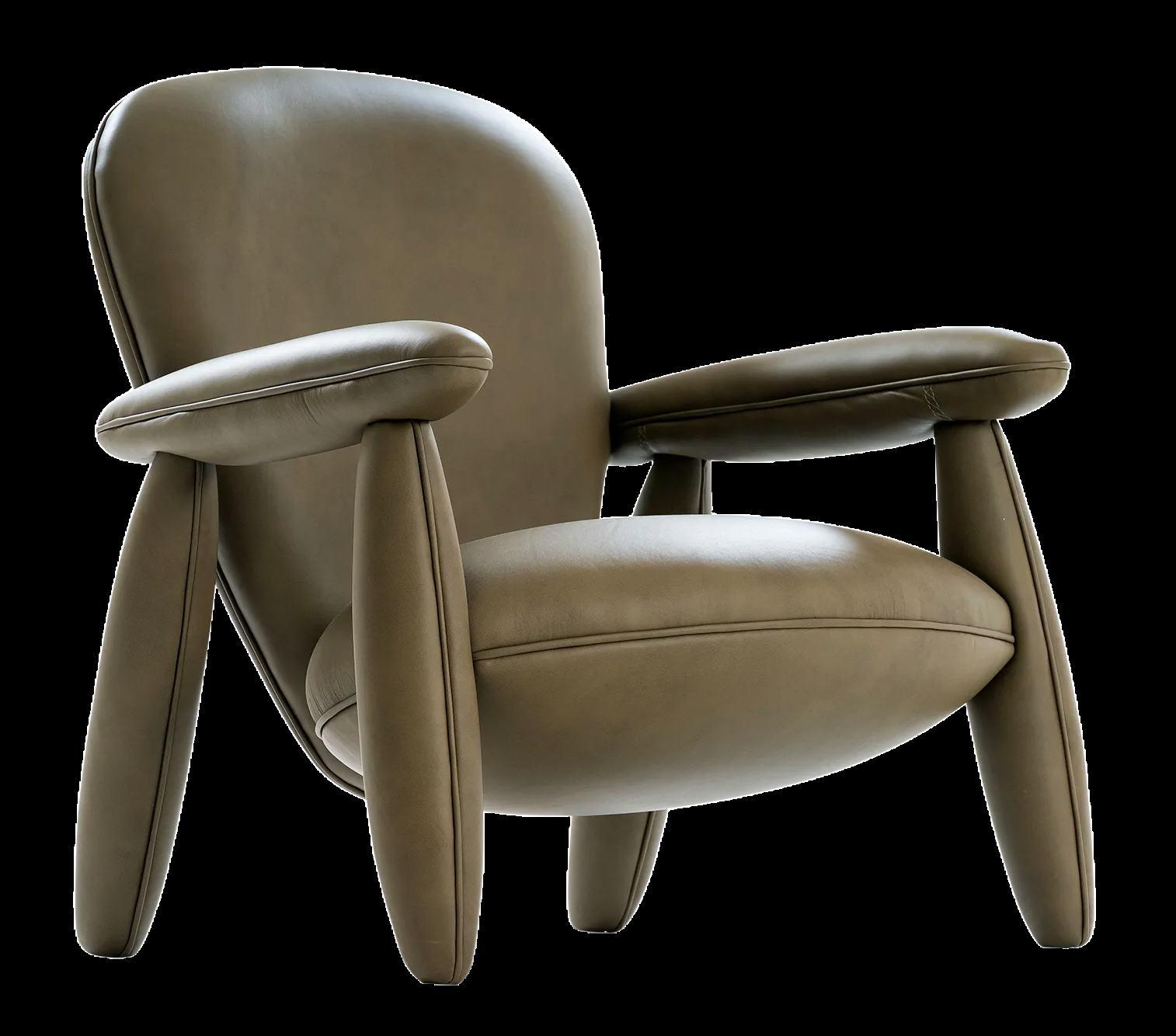
Bell’arte Living
Botero Armchair Chair
Plane Lounge Chair
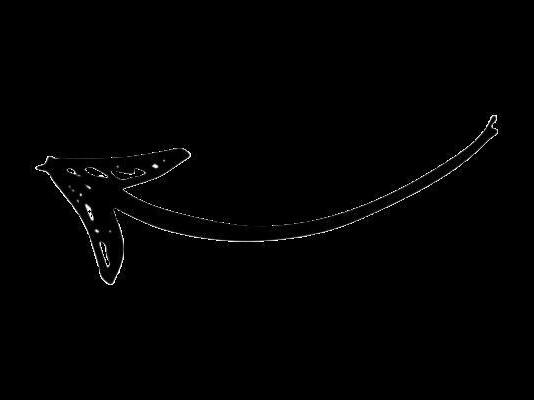
Lichen
Sofa

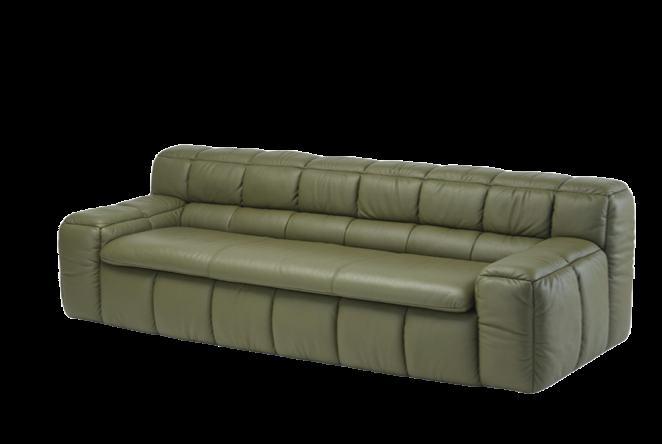
3
Mood Board
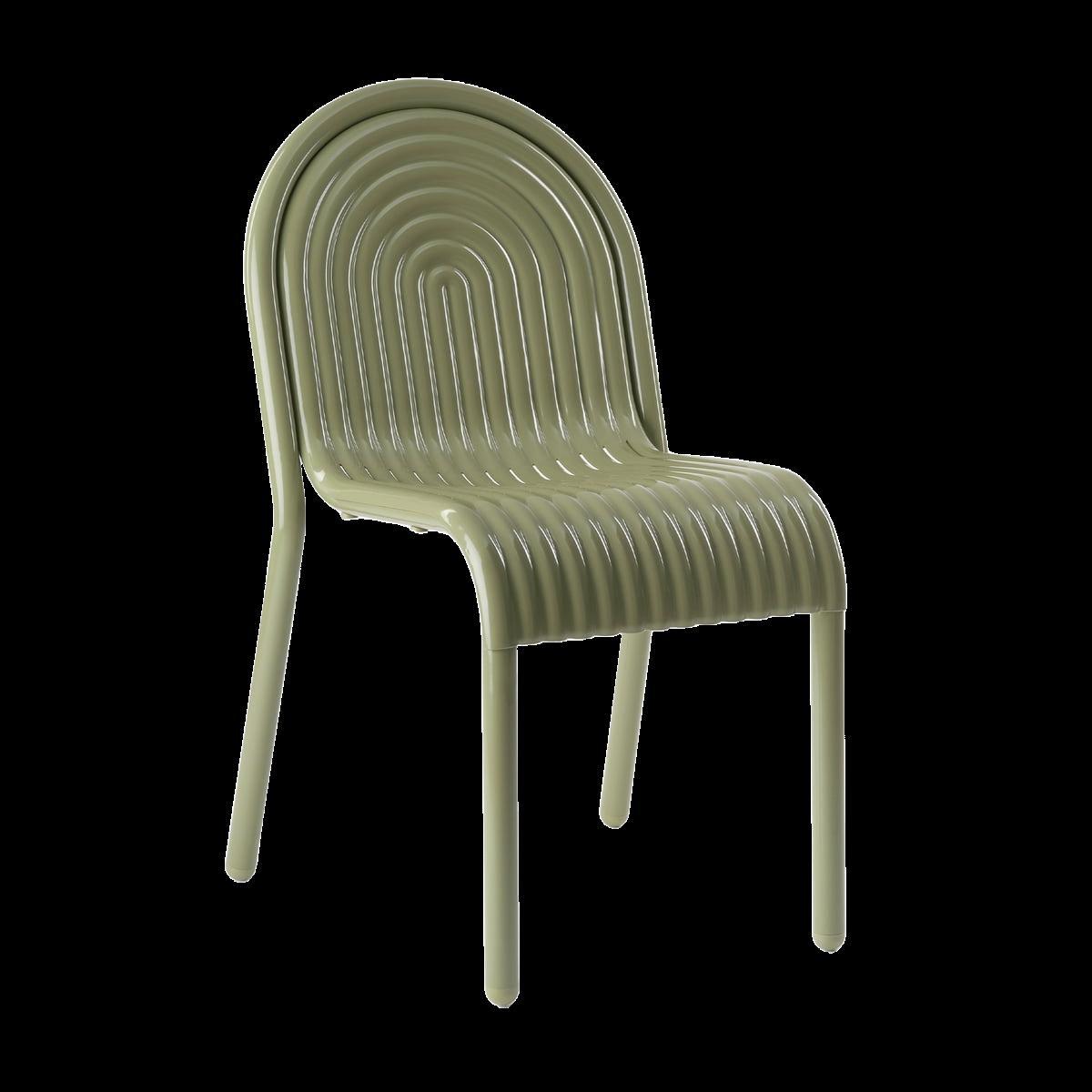
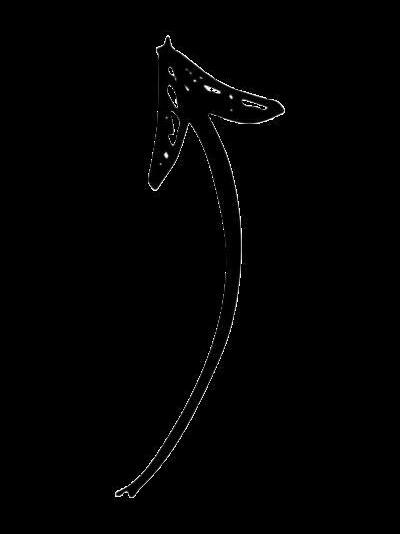
Tom Dixon Groove Garden Chair

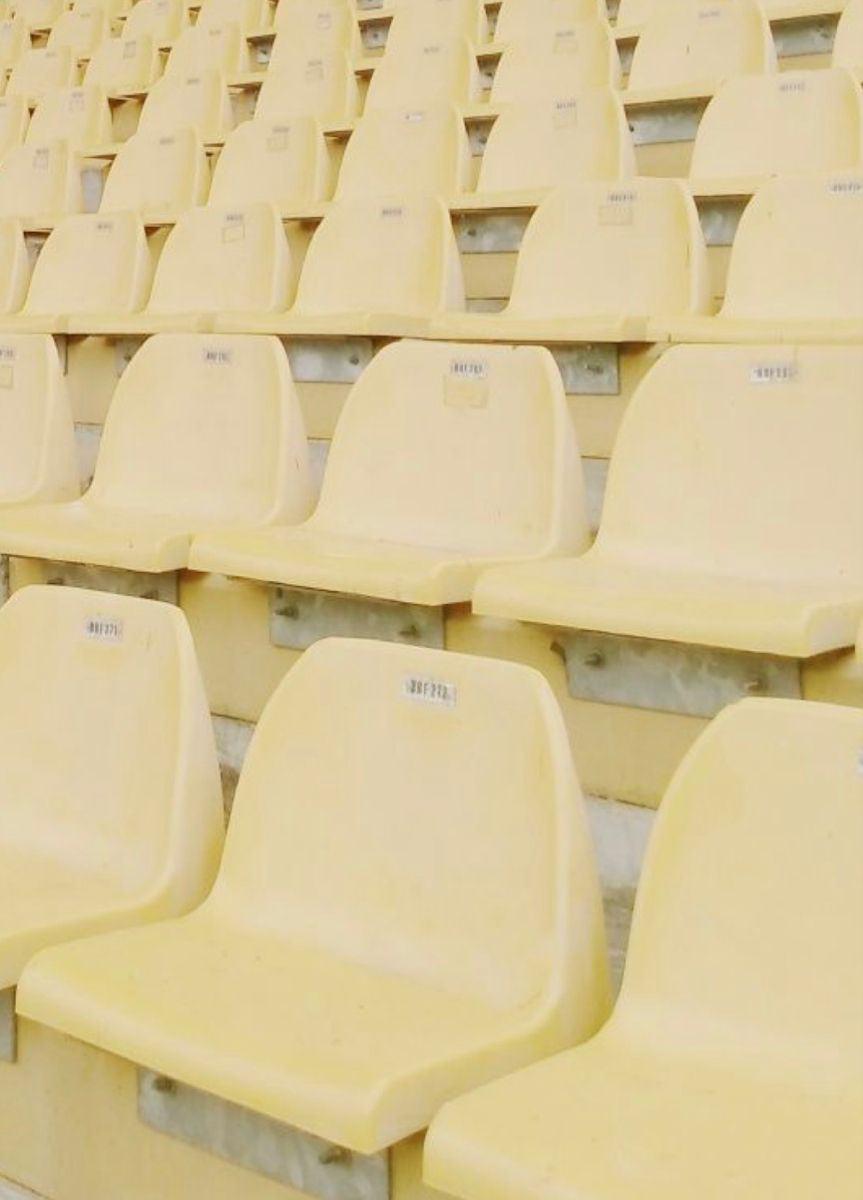
Golden hour but make it furniture. Soft Curves, Warm Tones and Playful.


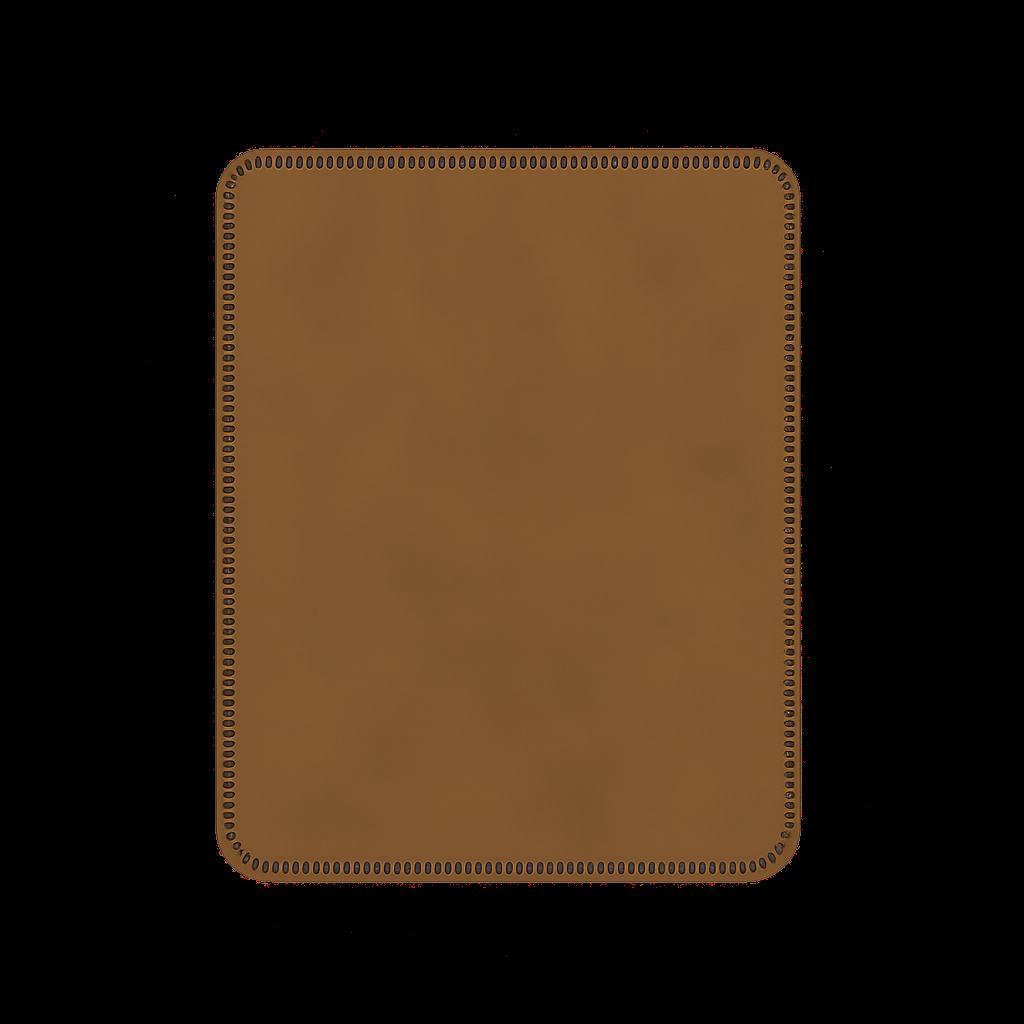



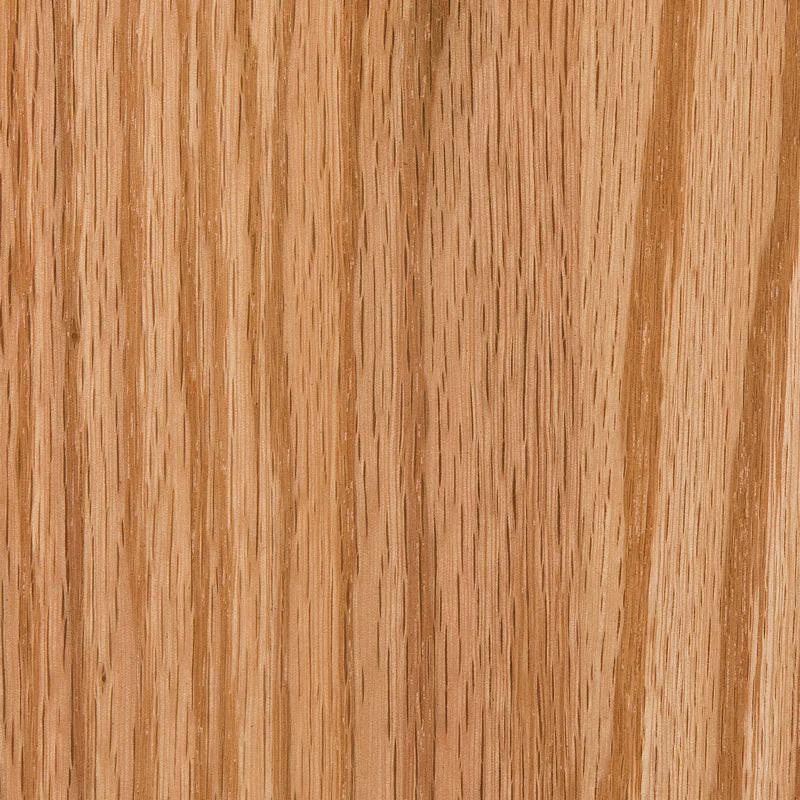



The New Zealand Brand That Stole the Show
by Letting the Work Speak
Resident showed up to New York Design Week without the spectacle and somehow made the loudest impression.
Inside Shelter, their installation offered a masterclass in restraint, anchored by the debut of Jamie McLellan’s new Plane lounge chair. The form was quiet but confident: a sculptural silhouette rooted in balance, proportion, and what McLellan calls “just the right amount of nothing.” No gimmicks. Just design that trusted its own clarity.
At a time when maximalism and manufactured moments dominated the conversation, Resident gave us a counterpoint. An environment that felt like a pause. Intentional. Understated. Unmistakably human.
Founded in New Zealand and operating globally through a tight network of expert craftspeople from Auckland to Lithuania, London to LA. Resident continues to prove that distributed design can still be deeply grounded. Every piece reflects a reverence for material, method, and meaning.
At Shelter, that philosophy landed. It didn’t demand attention, it earned it. And in the chaos of design week, that kind of presence is harder to pull off than it looks.

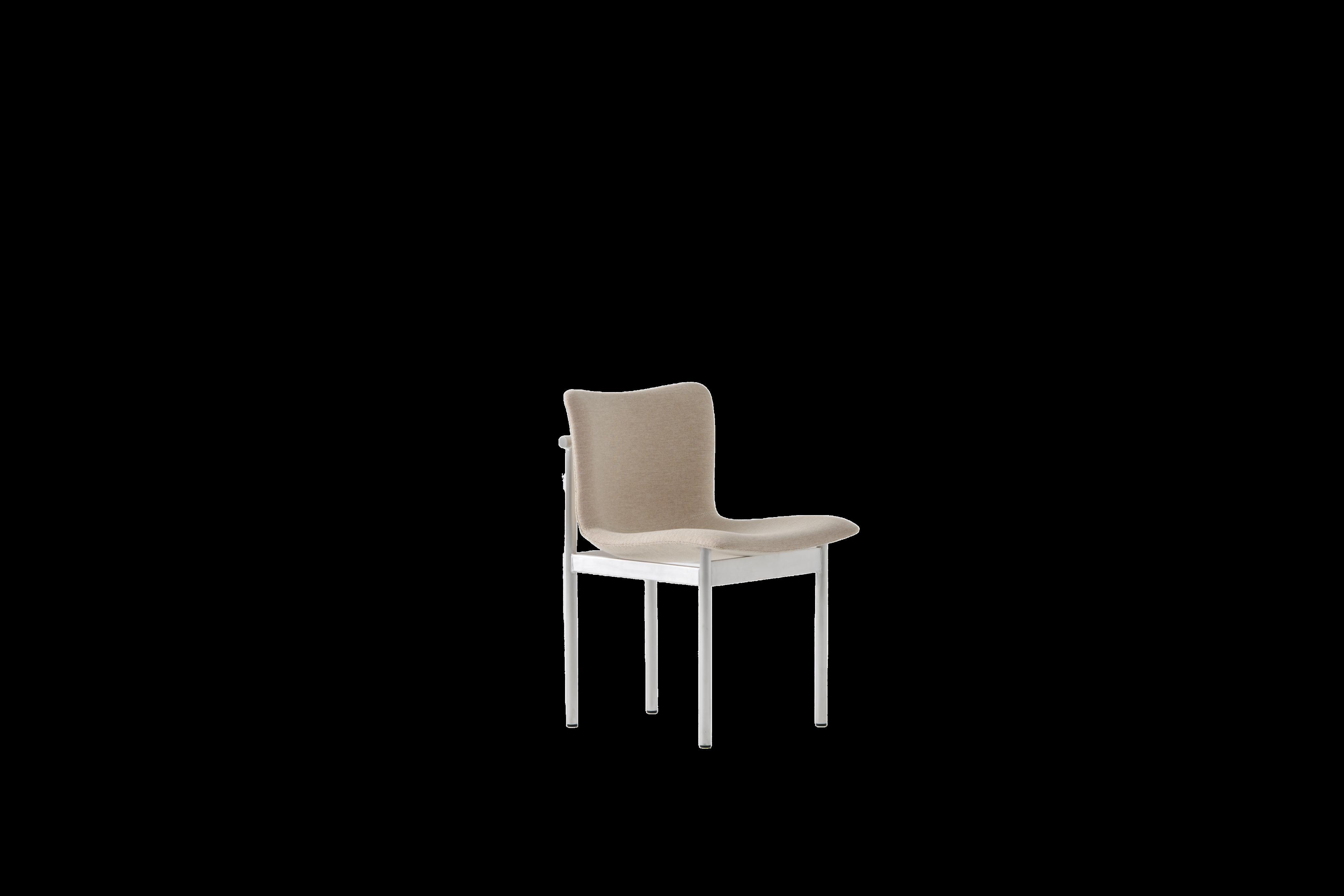




Resident, cadre chair 20.8”W x 22.1”D x 29”H
Resident, Radio chair
20.9”W x 18.9D x 31.3”H
5 Resident, Sasha armchair 23.2”W x 25.6”D x 27.5”H

2 Resident, cadre stool 16.9”W x 17.7”D x 39.3”H
4 Resident, little fella side table double 22”W x 14.2”D x 23.2”H
6 Resident, Little Fella coatstand 9.2”W x 17.4”D x 60.4”H

London

england
Clerkenwell design week
More like an industry neighborhood pub-crawl than furniture show’ one of our group noted. We were meandering between showrooms and studios taking in inspirational design, progressive new ideas some great wines and not your typical pub fare oh, and it wasn’t even 5:00 yet. We were in London to spend a few days at their annual Clerkenwell Design Week. Because the event takes place across the thoughtfully urban showrooms spread throughout the neighborhood, much of it outdoors, London’s vibrant creative heartbeat plays a major roll. This definitely isn’t ORGATEC or NEOCON.…Traveling with clients we didn’t have to rush, didn’t chase…
And what stayed with both of us wasn’t any single piece. It was the feeling. The pace. The way things just… aligned.
Allermuir’s showroom captured that beautifully. Everything down to the lighting and material transitions felt intentional. Their sustainability story wasn’t oversold. It was felt. It came through in the terrazzo, the mesh seating, the palette, the quiet of the space. It was one of the few showrooms where we lingered, sat, talked. It just made sense. And that made it memorable.
We saw that same approach at Mater where the Ocean Collection made circularity feel tactile and warm. At Karta, whose recycled leather flooring looked like oak but carried so much more meaning. At Deadgood, Boss, and Ocee Four, where the work didn’t try to be everything. It just did what it was supposed to do and did it well.
Even the smaller boutique brands like Umage, Kasthall, Orac weren’t pushing. They were present. Confident. And it showed.
The colors were calm. The materials grounded. The spaces blurred categories, because that’s how people live now. Work and home and gathering aren’t separate anymore they’re layered. And so is the furniture that holds them.
As a principal, I spend a lot of time bridging what the design world is doing and what our clients are actually needing. I left London feeling clear. Inspired not by what’s new but by what’s lasting.
Because when design is this thoughtful, you don’t have to convince anyone.
You just let it speak.
Cheers!
Brenna

Brenna’s Favorites
Boss Design
Beau Modular Sofa

Davison Highley

Deadgood Jelly

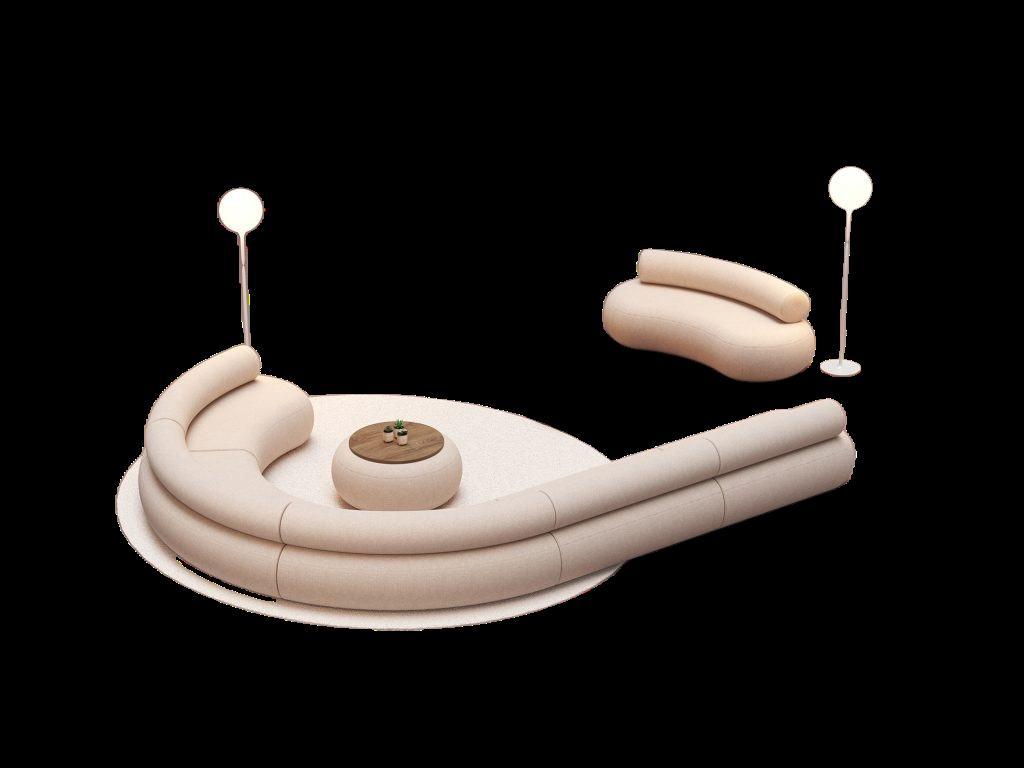

Mood Board

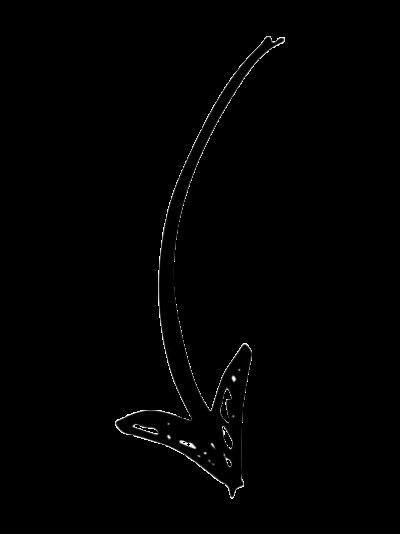


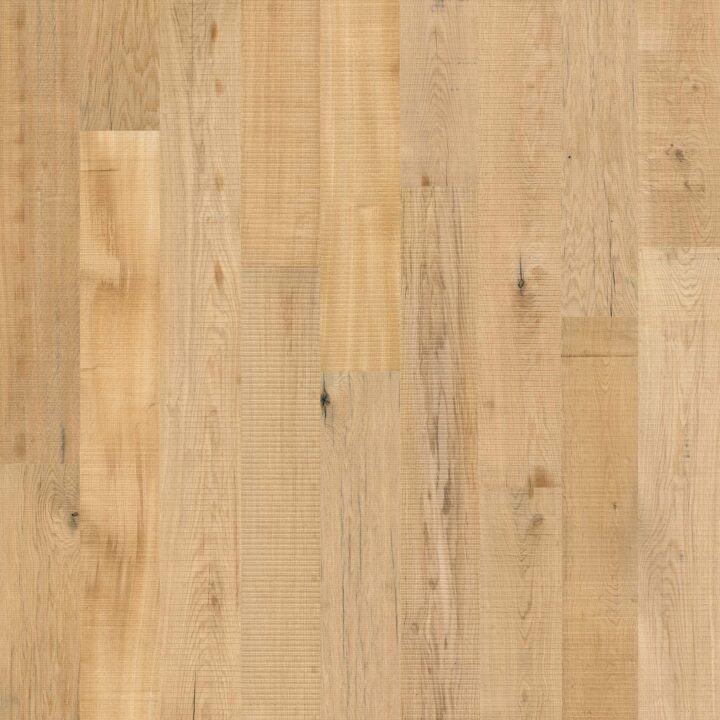

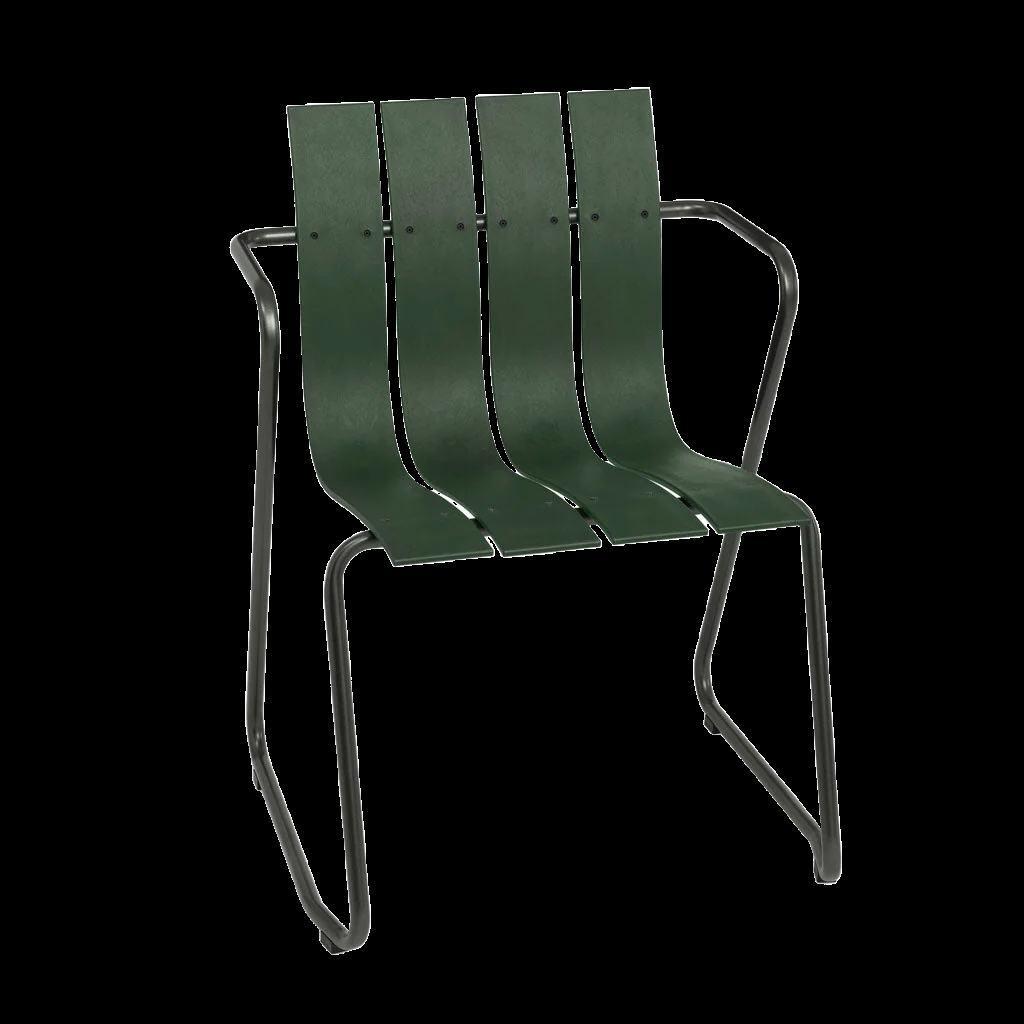


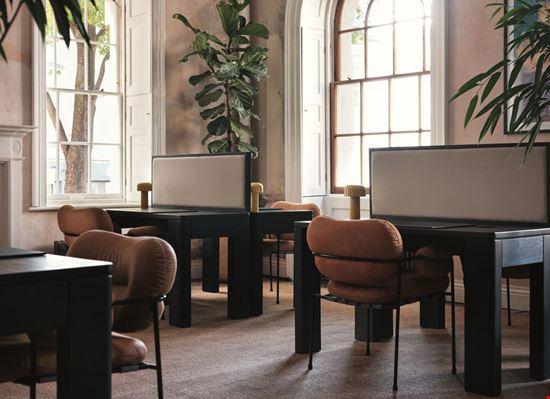




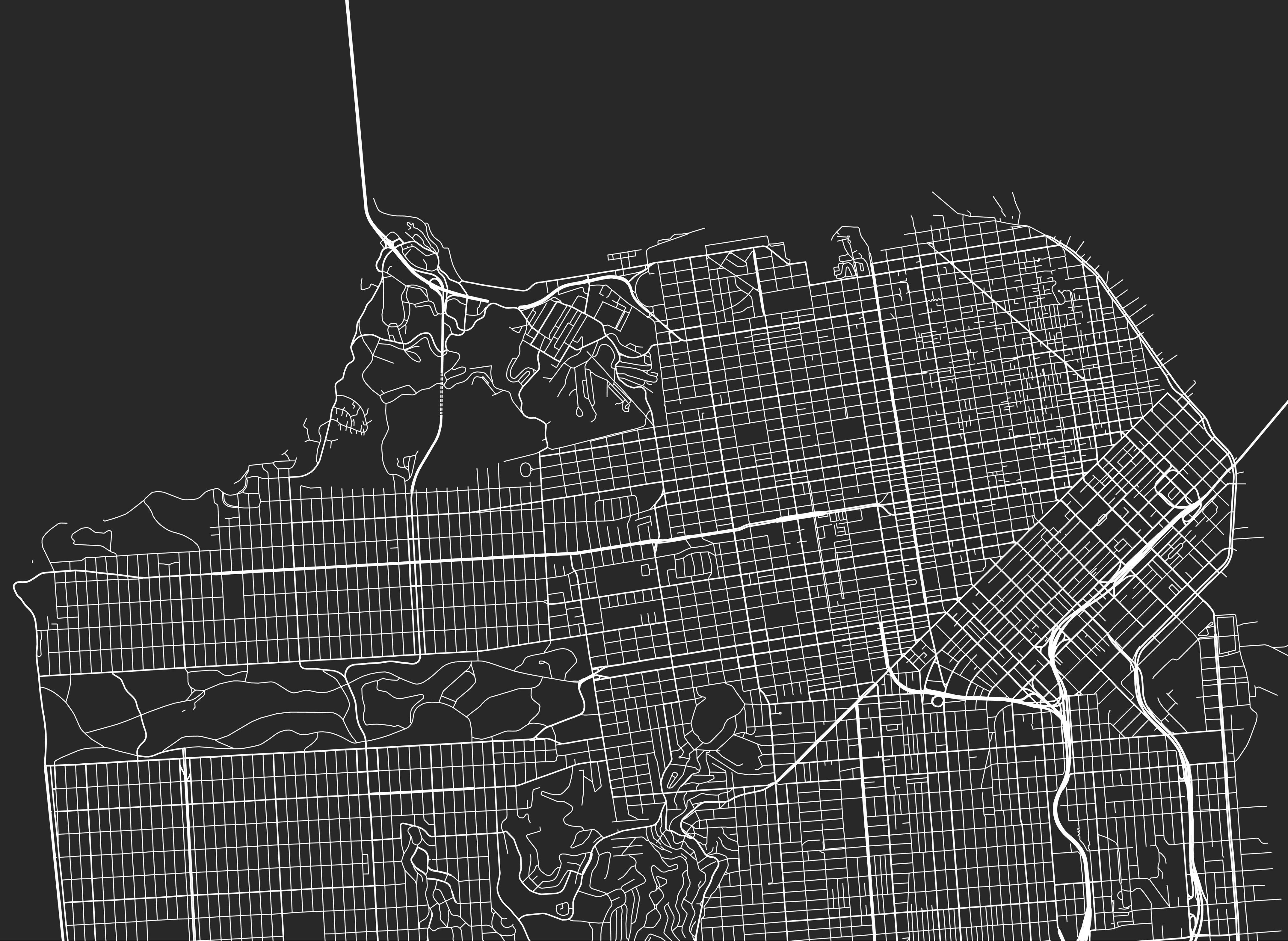
San Francisco

california
san Francisco design week
There wasn’t a map or must-see list this year, just a sense that something had shifted. That maybe, finally, SF Design Week was beginning to reflect the design depth that’s always been here, just beneath the surface. This year didn’t come in loud. It came in clear.
Where New York Design Week centers on interiors, furniture, and material storytelling, SF has long leaned digital startups, systems, speculative futures. But this time, something else took hold: the digital and the physical started talking to each other. And for the first time, space and material felt just as urgent as software.
We saw more focus on how things feel, not just how they function. On design that lives in real environments not just on screens.
And for us at MG West, showing up in that moment mattered.
As a San Francisco-based furniture dealer rooted in interiors, we’ve always known the Bay Area’s creative culture goes beyond tech. So we partnered with Gantri to co-host MG West Presents, a gathering centered on intention, conversation, and community. Gantri set the tone.
They’re not just a lighting brand, they’re a digital manufacturing platform, a storytelling studio, and a design incubator. Gantri Made is a new model: on-demand, sustainable, and built to support independent designers. They’re bridging SF’s strengths tech-forward systems and values-driven creativity to reshape what production and product can look like.
The Beam, Luna, and Rae lamps created with Haworth and brought to life by our local friends at Prowl, embodied the spirit of collaboration done right.
As MG West’s aligned manufacturer partner, Haworth continues to show what it looks like to lead with intention. Partnering with forward-thinking brands like Gantri and Bay Area studios like Prowl proves that scale and soul aren’t mutually exclusive and that the future of design lives at the intersection of craft, technology, and community.
At MG West, we don’t just spec we support. This wasn’t just a product launch. It was a signal: that the Bay is ready to lead a new kind of design conversation, one where culture, technology, and material innovation work together.
We’re proud to be part of it.
XO, Alma
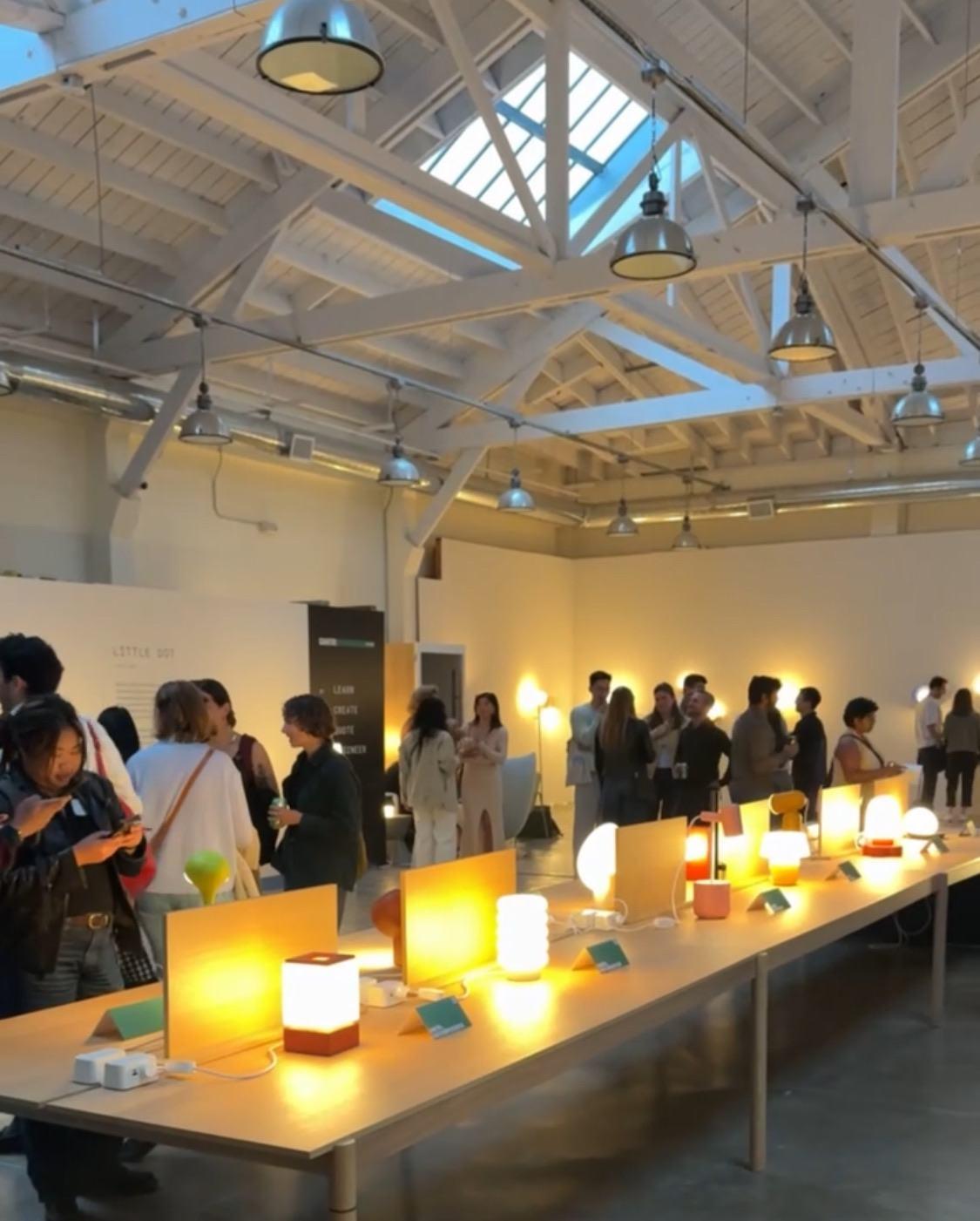
Where Access Meets Intention: A New Era of Design
The Bay Area brand rewriting the rules of design and who gets to design it.
Gantri isn’t just launching new products they’re launching a new model.
Gantri Made is a digital manufacturing platform that democratizes design by giving independent creators access to sustainable production, professional tools, and global reach without needing factories, funding, or gatekeepers.
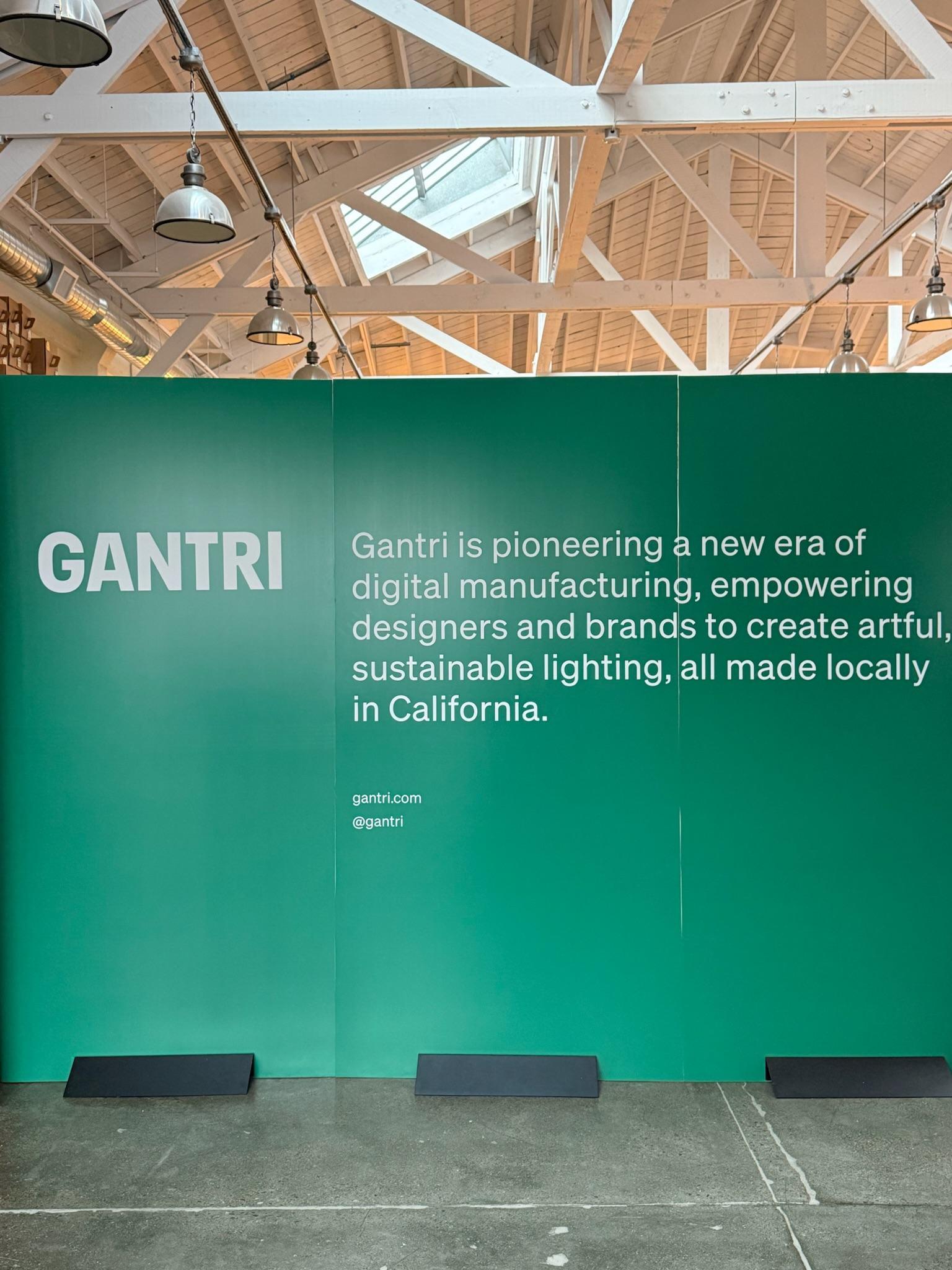
Favorites

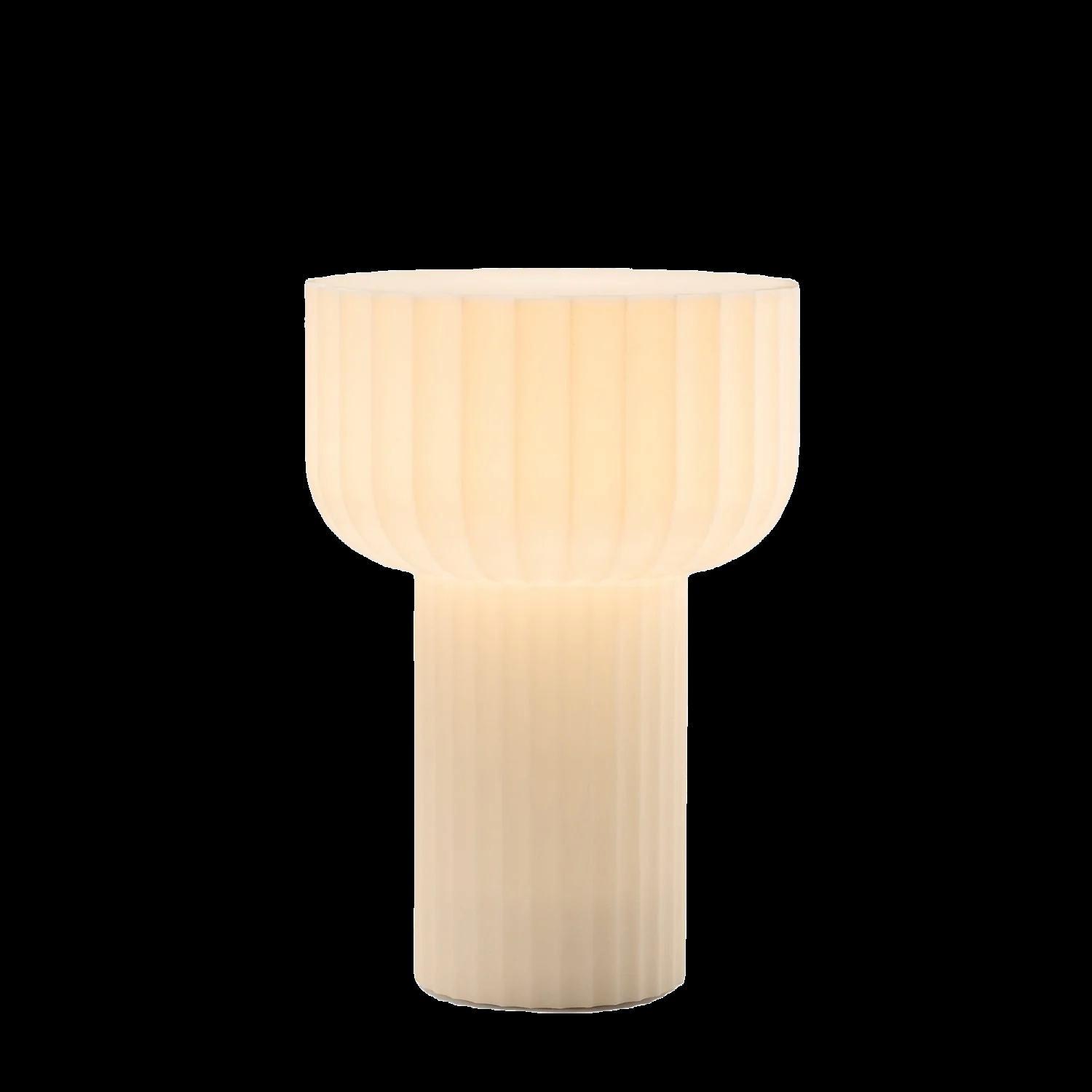


Haworth, beam task table lamp
3 haworth, rae table lamp
2 haworth, luna compact table lamp
6.2”W x 6.2”d x 8”H
4 rarify, cube one 7.59”W x 7.59”D x 8”H
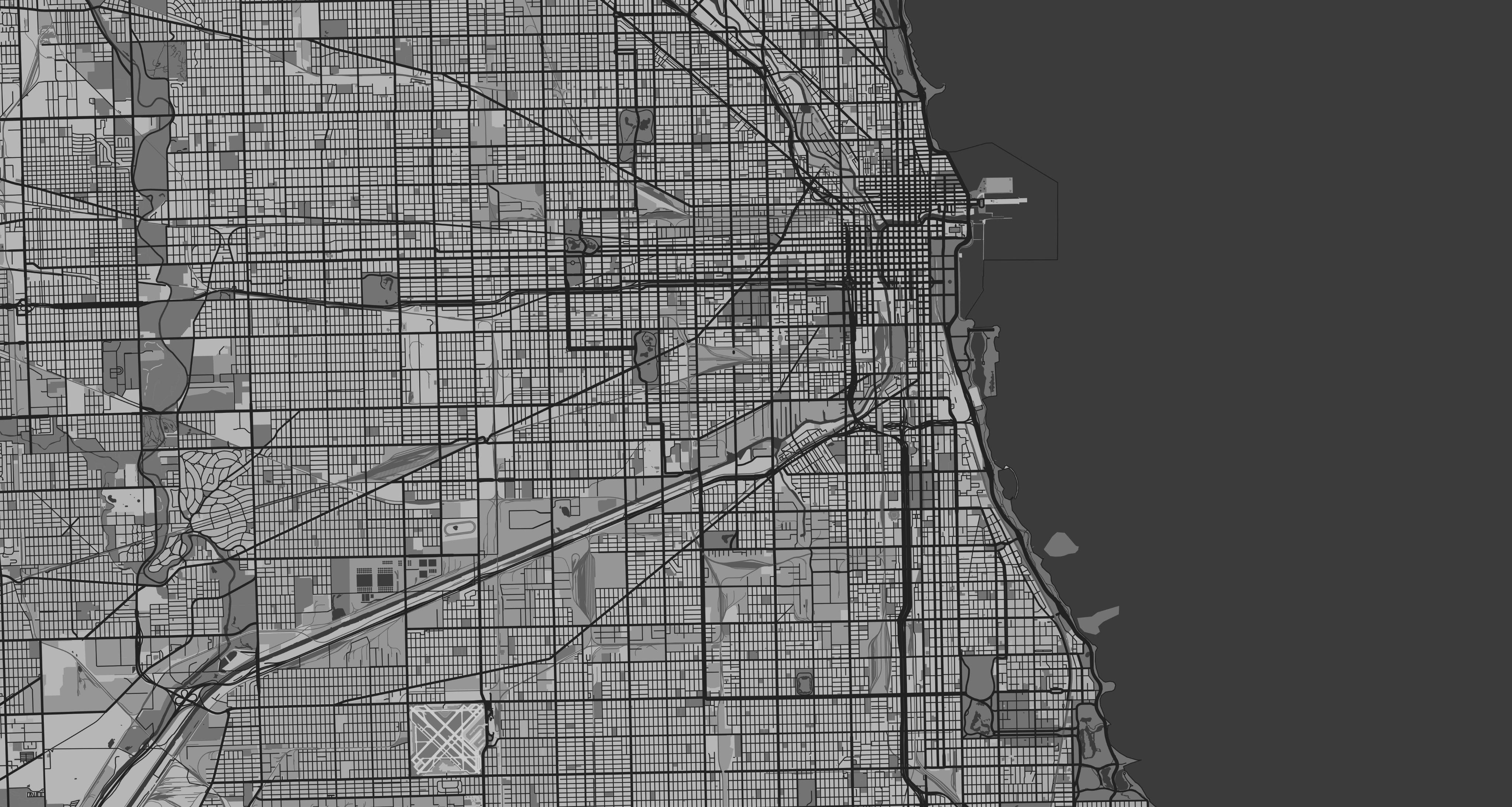
chicago

illinois
NEOCON & FULTON MARKET DESIGN DAYS
At NeoCon & Design Days, a nuanced material and chromatic language set the stage before form even took hold. A fresh color story of Noctilucent Clouds (the highaltitude clouds that appear in the twilight sky typically during the summer months)shades of cobalt, silver, dusty pinks, cactus green—evoking twilight skies and softness. And of course the Desert Sunset Tones—mauve, terracotta, aubergine—grounded spaces in warmth and landscape reference.
Materials, too, signaled a recalibration. “Chrome-ish” surfaces—raw, reflective materials that nod to chrome without the sustainability baggage (Paved States & the deconstructed aesthetic beauty of the Allermuir showroom). Throughout the show, tactility reigned: mesh (Una conference table by Nienkamper), straps (Cargo by Mizetto), and sock-like textures (Pantaya Light by Haworth) appeared in lighting and seating alike, suggesting stretch, suspension, and the fluid drape of fabric rather than rigid joinery.
Modular planters emerged as a conspicuous motif, particularly in indoor-outdoor hybrid settings, presenting as hyper-modular objects that were sculptural in their own right (Evergreen planters by Mizetto & BuzziChicle Planter).
After soaking in the color and textural language, I kept finding myself having thoughts regarding the form and massing of pieces. Things like “that’s an interesting proportion” & “Huh, it’s kind of ugly but made the turn into cool” & finally “Oui, mais non.” When something starts to feel right and wrong, I ask myself, “Is this PoMo (Post Modern)?” The answer this time, was yes or “oui.” A distinct resurgence of sculptural form and expressive materiality echoed the exuberance of postmodern architecture.
The massing of the furniture - chunky, volumetric, and often monolithic in presencemirrors the way Michael Graves composed his architectural forms, using bold, stacked geometries to evoke both classical references and distinctly playful monumentality. The Tetra Chair by Jude x Aya, with its faceted, metallic surfaces and otherworldly geometry, draws a striking parallel to Frank Gehry's Walt Disney Concert Hall—both embrace a sculptural fluidity that defies conventional form, existing in a liminal space between architecture and art, presence and void. All of this reinforces a broader design signal: the shift from restrained minimalism to expressive, emotionally charged aesthetics. Much like postmodern architecture challenged the modernist orthodoxy with humor and historical flair, these furnishings push against functionalist rigidity, embracing a language of bold curves, reflective surfaces, and stylized contradiction. In this convergence of past and present, NeoCon & Design Days’ latest offerings signal a revival of design that celebrates narrative, form, and a bit of architectural nostalgia.
Best, Lily Weeks

Lily’s Favorites



Zanotta


nina lounge
kettal insula square table
7 jude x aya, tetra chair
Mood Board

Tod Side Table



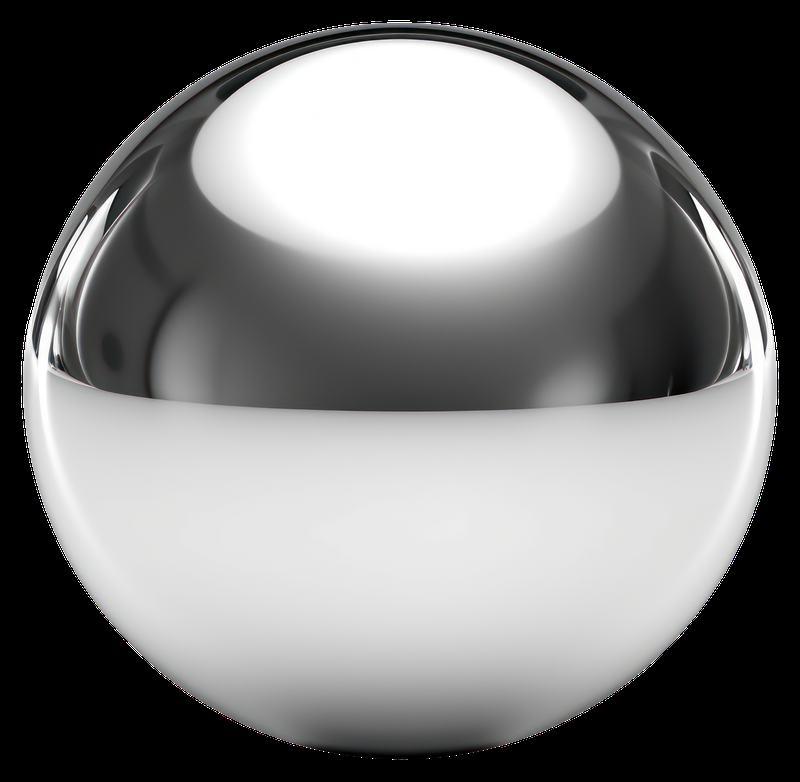

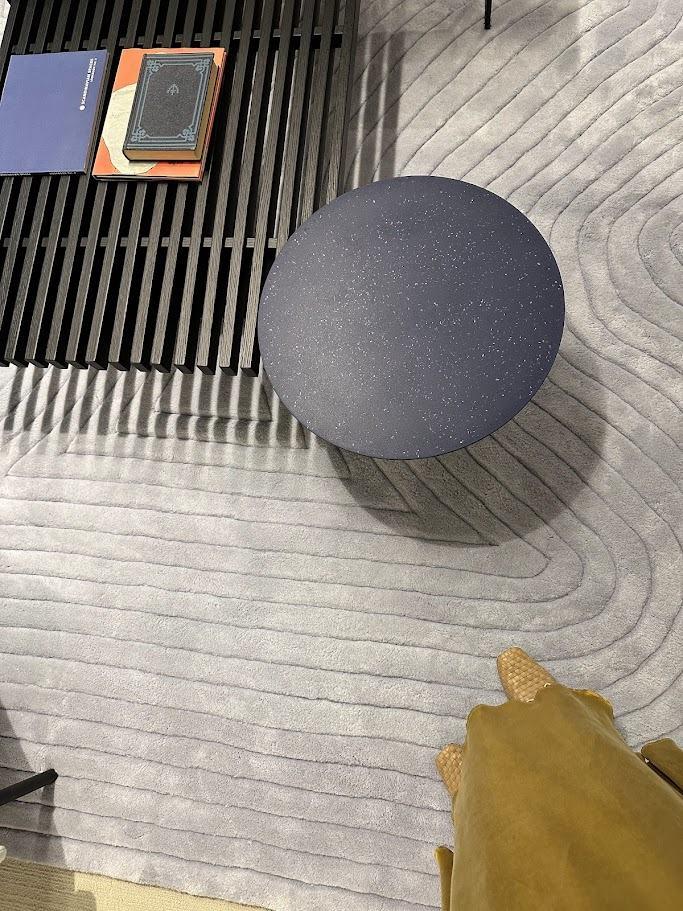

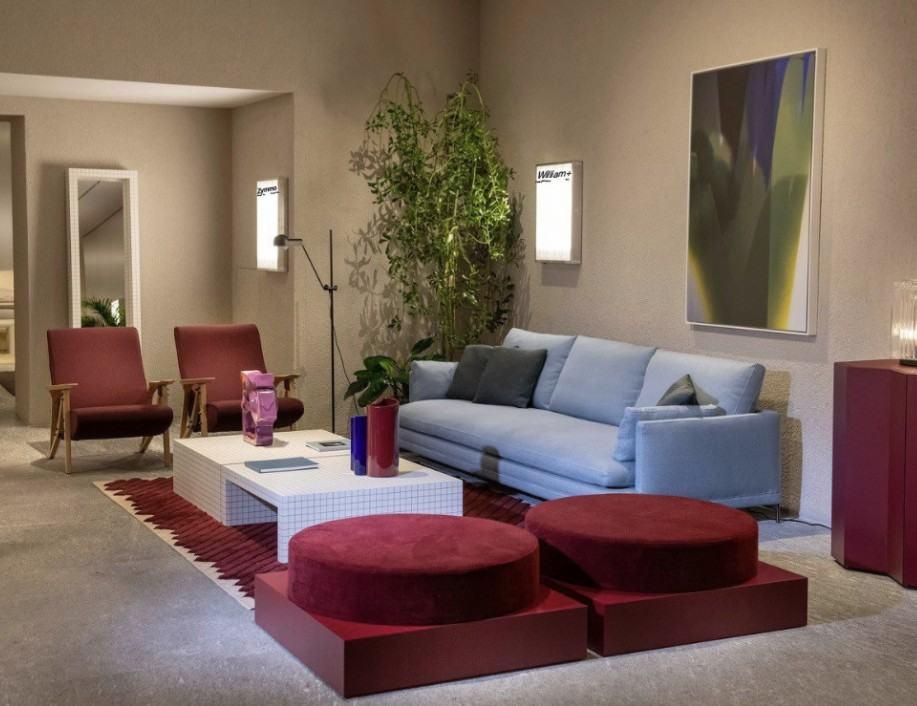










Where the Future of Design Finally Got a Seat.
Paved States didn’t just make a statement at NeoCon, it shifted what’s possible. For years, NeoCon has been the domain of big players—legacy brands, corporate systems, and performance-driven design. But this year marked a turning point. Paved States partnered with NeoCon—not as an outsider, but as a collaborator—given real space, real freedom, and real visibility.
That alone is huge.
For a collective of independent, design-forward studios to be embraced by one of the industry’s most traditional platforms, it signaled change. That there’s finally room for softness, story, and experimentation alongside systems and scale.
And Paved States delivered. Their installation was a masterclass in atmosphere: sculptural forms, muted hues, layered textures. It felt more like Milan than the Mart. Emotional, editorial, and intentional. But more than aesthetics, the power was in the model: emerging designers co-creating a shared platform within the institution itself.
That’s the shift. Our industry often asks for new voices but rarely gives them a seat at the table. Paved States and NeoCon changed that. It proved that contract design can be more than functional it can be cultural, conceptual, and human.
This wasn’t just a standout installation. It was a bridge. Between legacy and emerging, between practicality and possibility. And it opened the door for a new kind of presence at the center of the industry.
A moment like this matters. Because the future of design isn’t only about product it’s about who gets to shape the conversation.




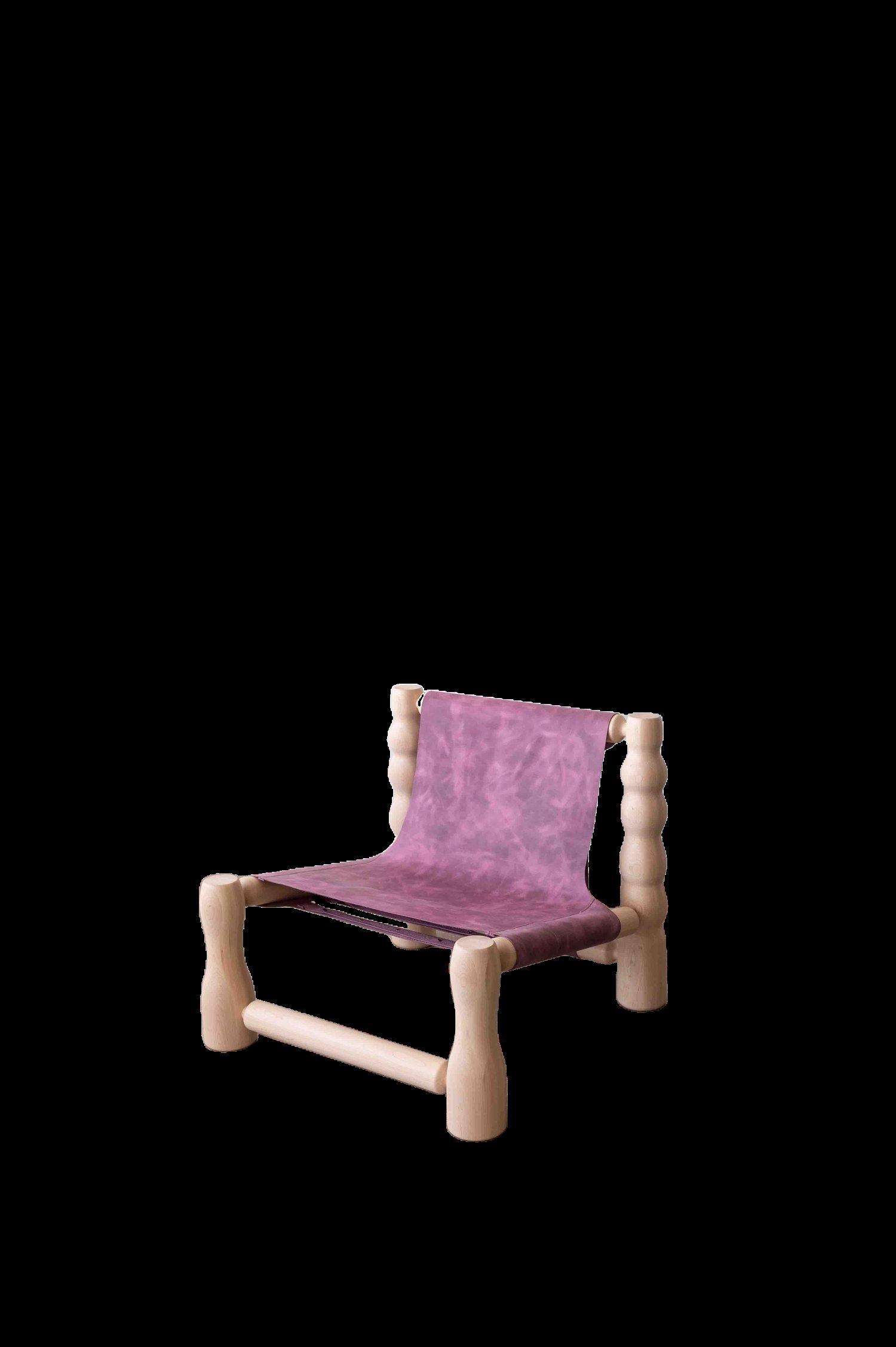
zanotta is Redefining the System from the Inside.
Zanotta has always played by its own logic. The brand’s history reads like a love letter to design misfits pieces that reject the expected, embrace the eccentric, and blur the line between sculpture and utility.
Now, as part of Haworth’s Lifestyle Design portfolio, Zanotta is stepping into the contract world not to conform, but to provoke. This isn’t a pivot. It’s a natural extension of its DNA.
Zanotta isn’t defined by refinement or minimalism alone; it thrives in creative disruption. Where Poltrona Frau epitomizes leather mastery and Cassina channels modernist legacy, Zanotta champions the unexpected—where furniture is as provocative as it is functional.
And that’s what makes this partnership stand out.
Because in a market ruled by performance metrics, modular systems, and clean lines, Zanotta brings a sculptural counterpoint. It reminds us that design doesn’t have to play it safe to have impact. That joy, tension, and boldness belong in the workplace too.


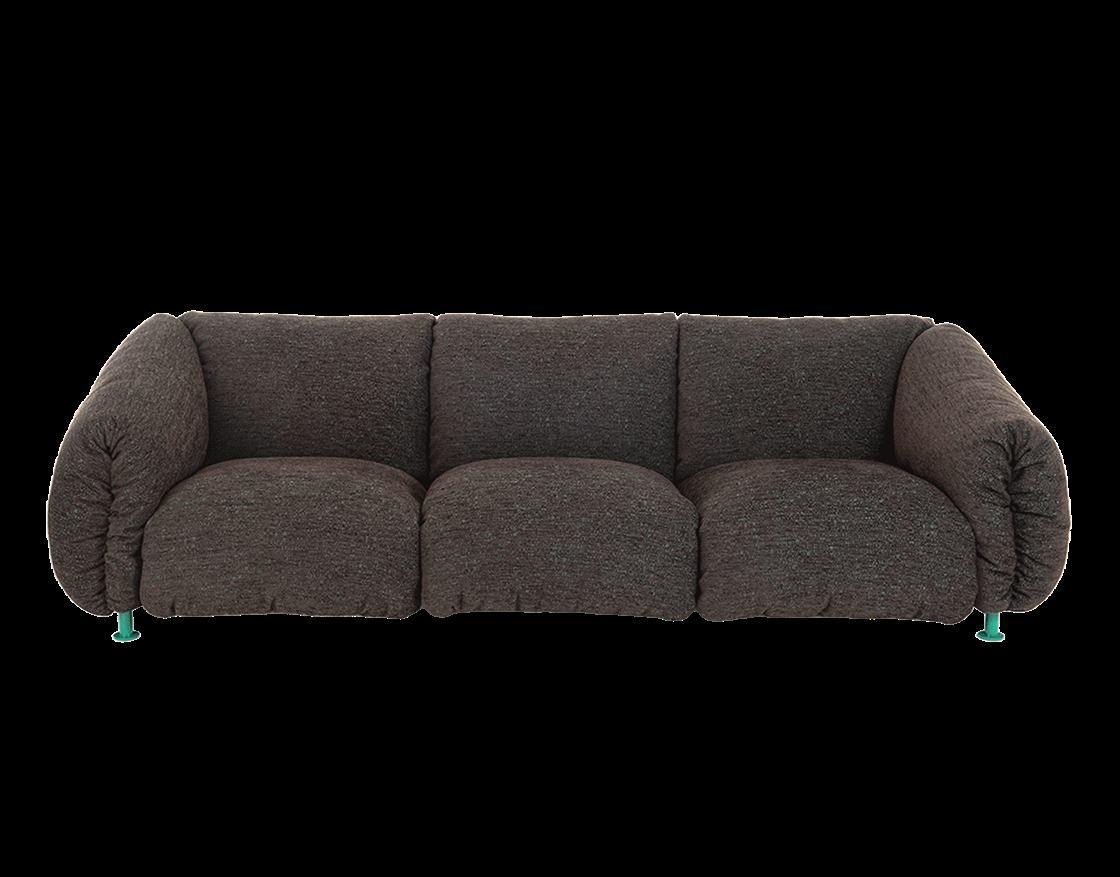

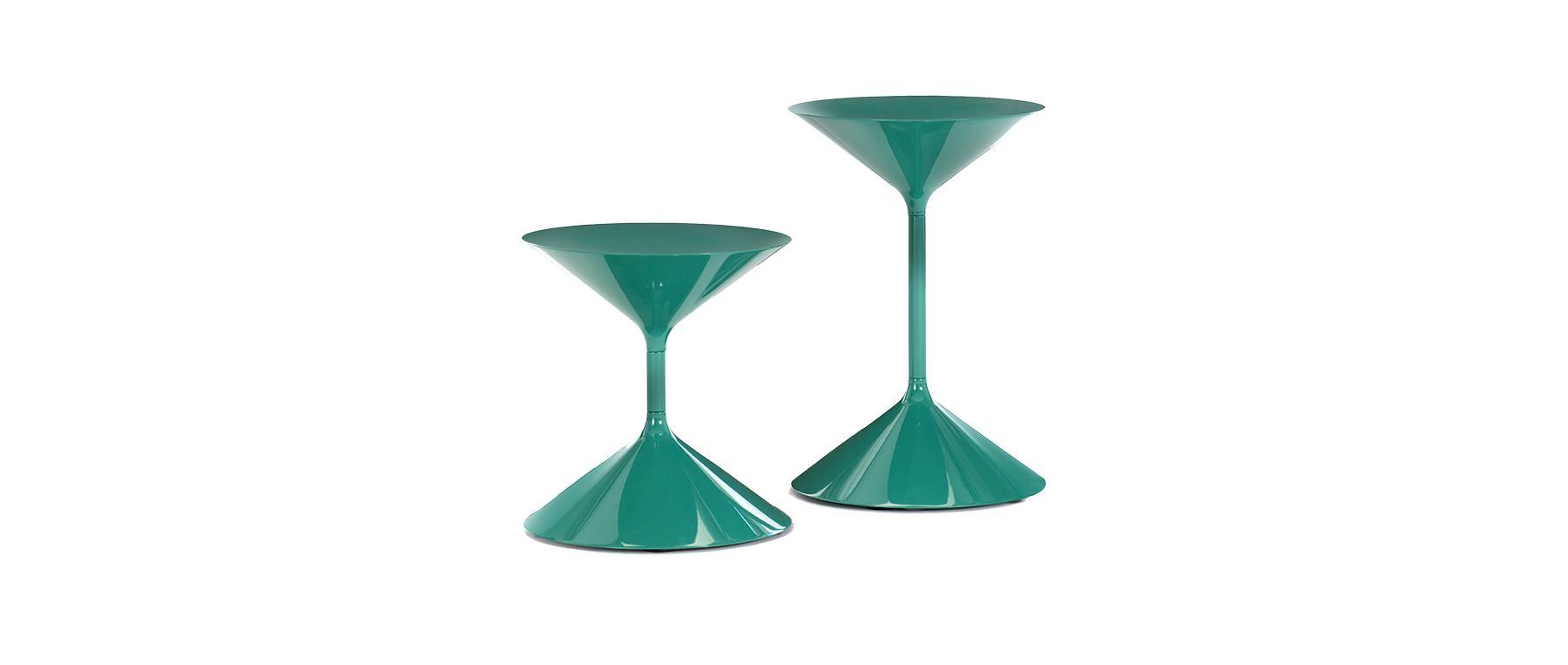

zanotta za:za
110.1”W x 44”D x 32.2”H
3 zanotta, gomma armchair
34.26”W x 34.26”D x 29.14”H
5 zanotta coffee table 791 60”W x 16.6”D x 15.7”H
2 zanotta, quaderna mirror 476 20.1”W x 6”D x 77”H
4 zanotta, tempo 13.3”W x 19.7”H
Haworth Gets Messy, In the Best Way Possible
Haworth’s DesignLab repositions experimentation as the future of contract design. Every year at NeoCon, there's one space that doesn’t look like it’s trying to sell you something.
Instead, it invites you to stay curious. That space is Haworth DesignLab. Curated by Patricia Urquiola, DesignLab isn’t about what’s going to market next quarter. It’s about what design could look like five years from now if we let it stretch, stumble, and surprise us. This year’s cohort proved just that.
Cristina Moreno’s Mare Coffee Table explored fluidity through hand-carved onyx, echoing the slow rhythm of water. Luam Melake redefined presence and posture with her multi-angle Undwinding Chair. Steven Haulenbeek transformed cast-off sand and resin into a glowing, earth-toned chandelier. Marquel Williams’ Beam Lounger pulled from architecture and formwork, tough, but tender.
The installation itself resisted the typical showroom format. Each piece stood with breathing room, less about vignettes, more about reverence. Lighting was soft, signage minimal. Visitors circled slowly. There was no pressure to interpret, just space to absorb.
We highlight DesignLab because it does what so few legacy brands are willing to do: hand over the mic. Haworth, a company known for precision, performance, and legacy, is making room for messier conversations. For material tests. For emerging voices who aren’t concerned with mass appeal just yet and that’s the point.
This is what trust in process looks like. And from a major manufacturer, that’s not just cool, it’s culture-shifting.
In a market built on certainty, DesignLab gives us permission to pause. To consider that maybe what’s next isn’t finished. Maybe it’s still forming and maybe that’s exactly where the magic is.

Favorites
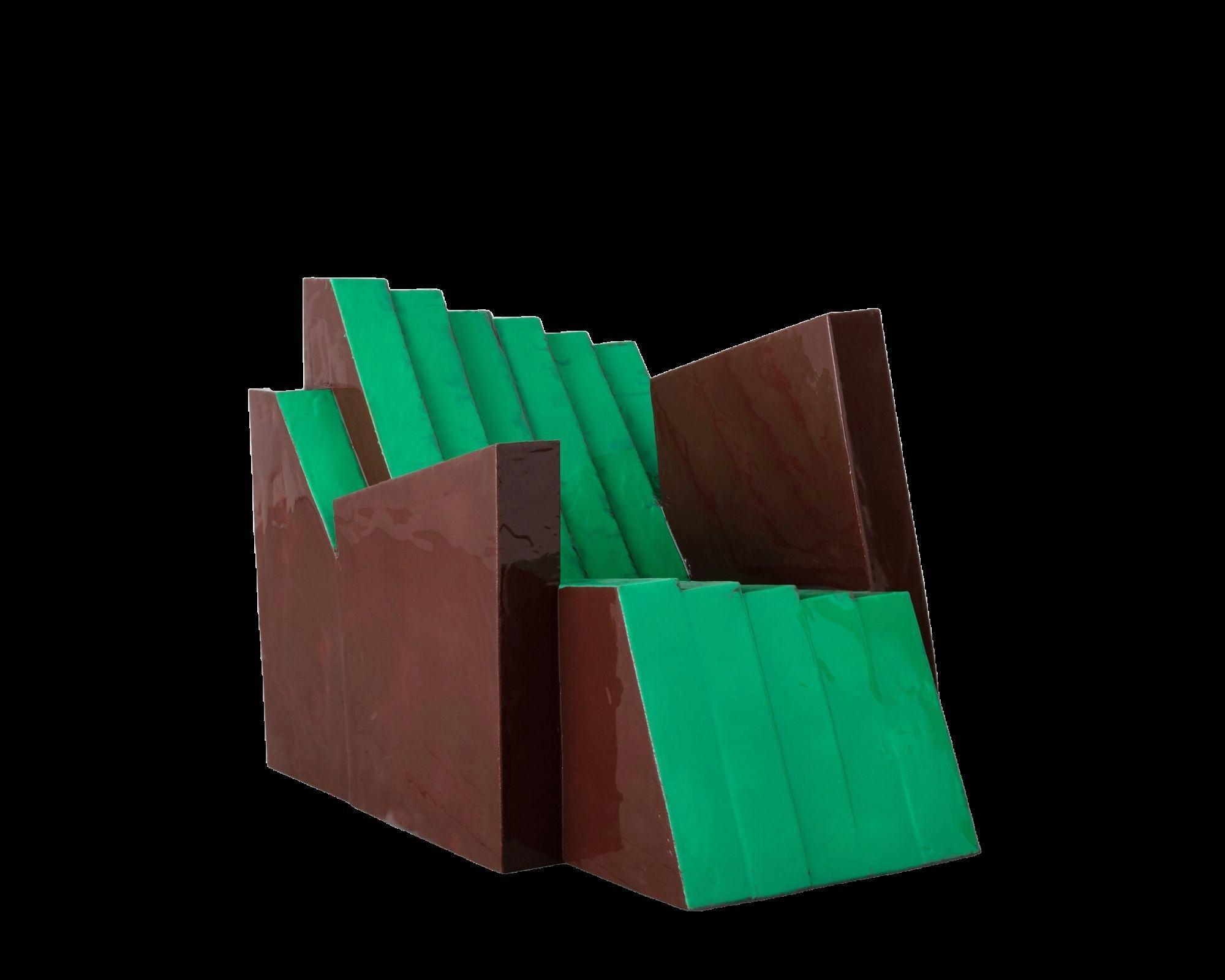
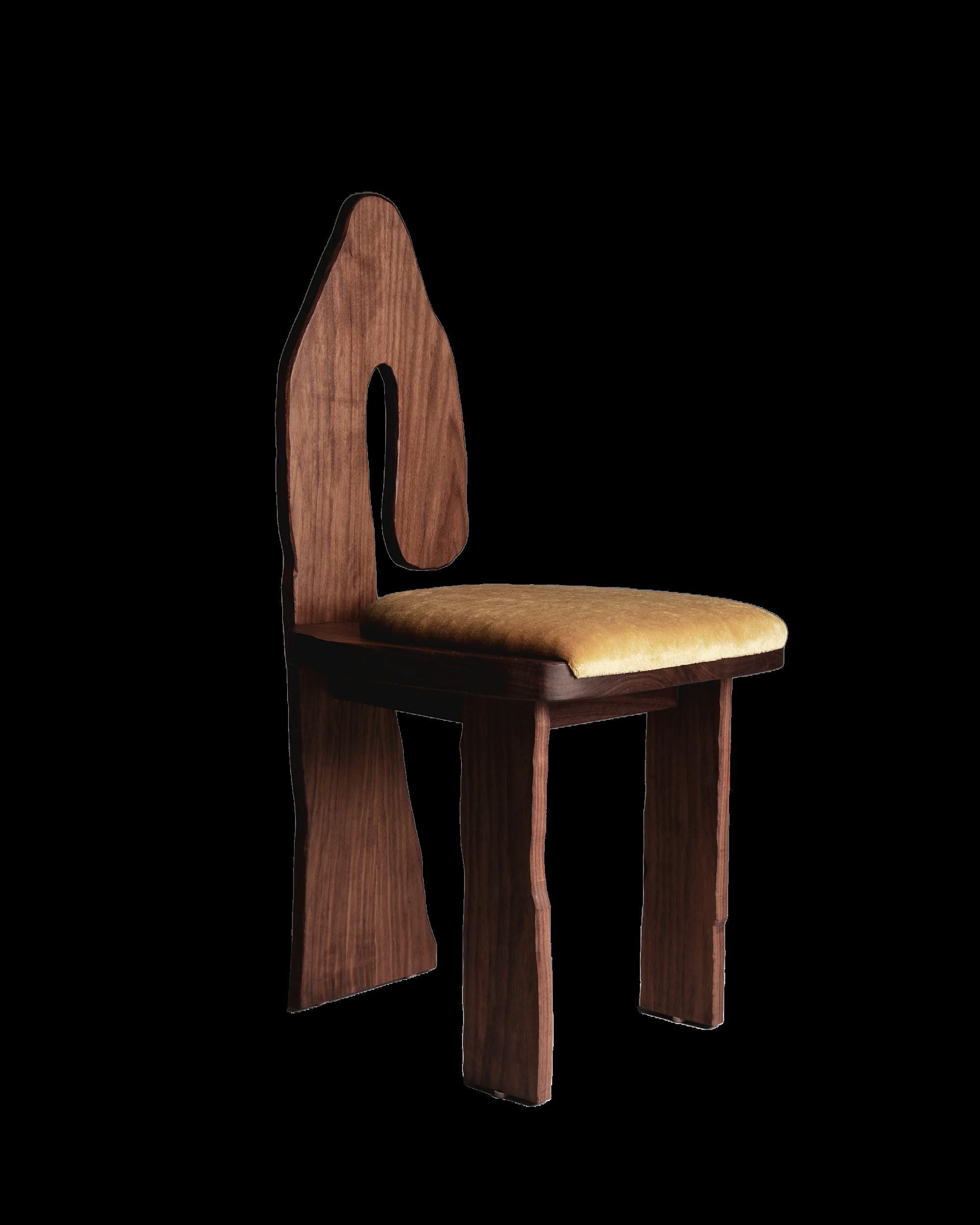


Studio sam klemick
Where wood folds like fabric. Studio Sam Klemick bends structure into softness.
With roots in fashion and a lineage of quilters and carpenters, Sam Klemick brings a tactile fluency to wood treating rigid materials like they’re pliable, emotional, alive.
Her work dissolves boundaries between textiles and timber, structure and softness. From lathe-turned chairs to sculptures, each piece is hand-carved, deeply intentional, and rooted in slowness. Salvaged wood, vintage textiles, and naturally regenerating materials shape a practice where form follows feeling.
A featured voice in last year’s Haworth DesignLab, Klemick continues to carve a space that favors feeling over flash, where materiality leads, and boundaries quietly fall away.
She invites us to reconsider what furniture can be not just function, but warmth, ease, and unexpected delight.
common object studio
Design that doesn’t just sustain but regenerates. Common Object Studio completes the loop, DesignLab to BuzziSpace.
Founded by Fernando Ramirez and Justin Beitzel, the studio blends environmental design, engineering, and systems thinking into one regenerative practice. Their approach moves beyond sustainability. Every material, form, and method is considered through the lens of long-term ecological and social impact.
At last year’s Haworth DesignLab, their presence was quiet but pivotal. They reframed design not just as product, but as process, prototype, and provocation. Whether developing tools with agricultural communities or reimagining supply chains, their work always begins with people and ends with possibility.
Now, a year later, they return with a launch under BuzziSpace, part of Haworth’s brand portfolio. A full-circle moment that reminds us: when the right ideas meet the right platforms, design doesn’t just evolve, it scales.

Favorites
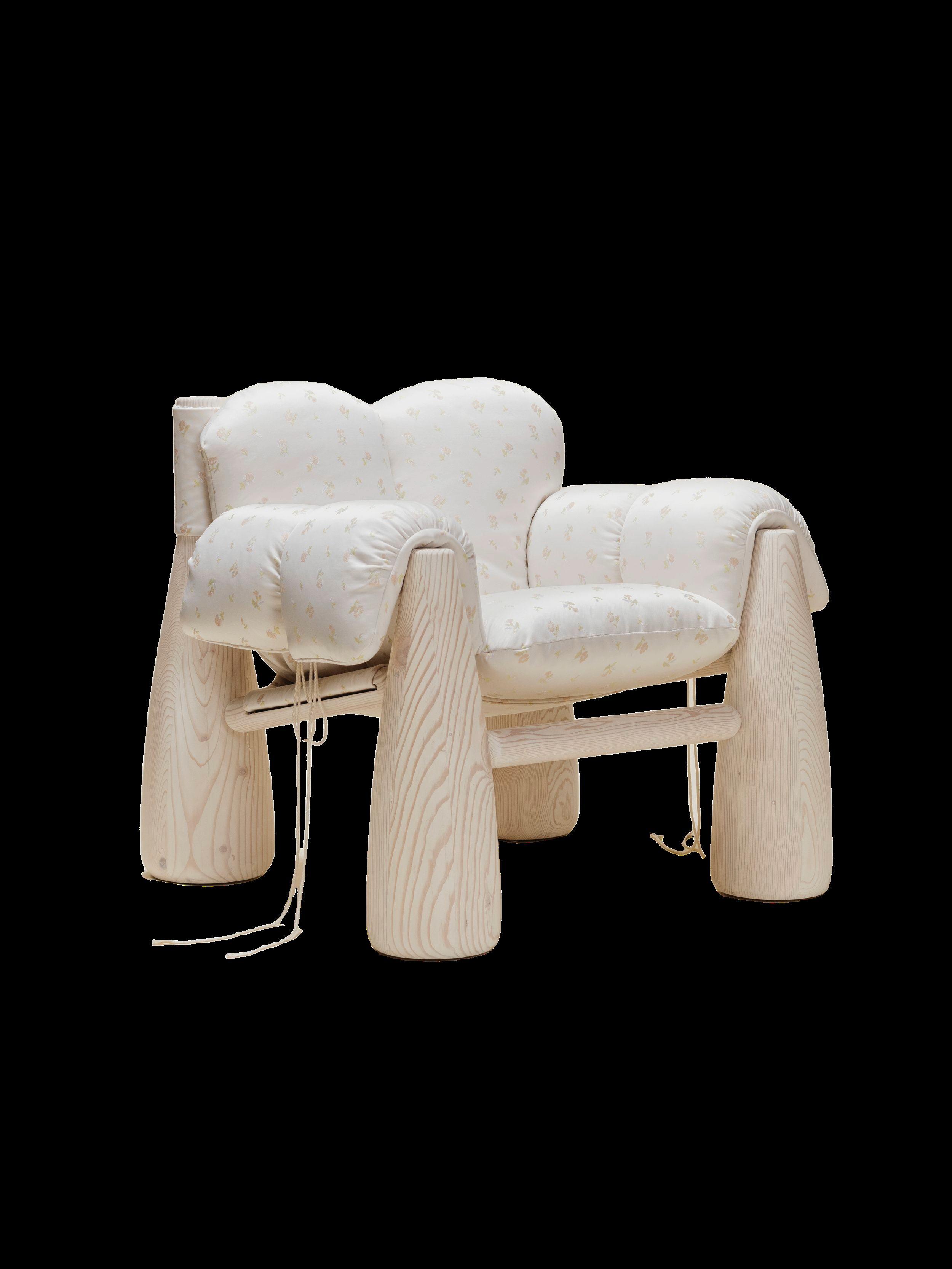
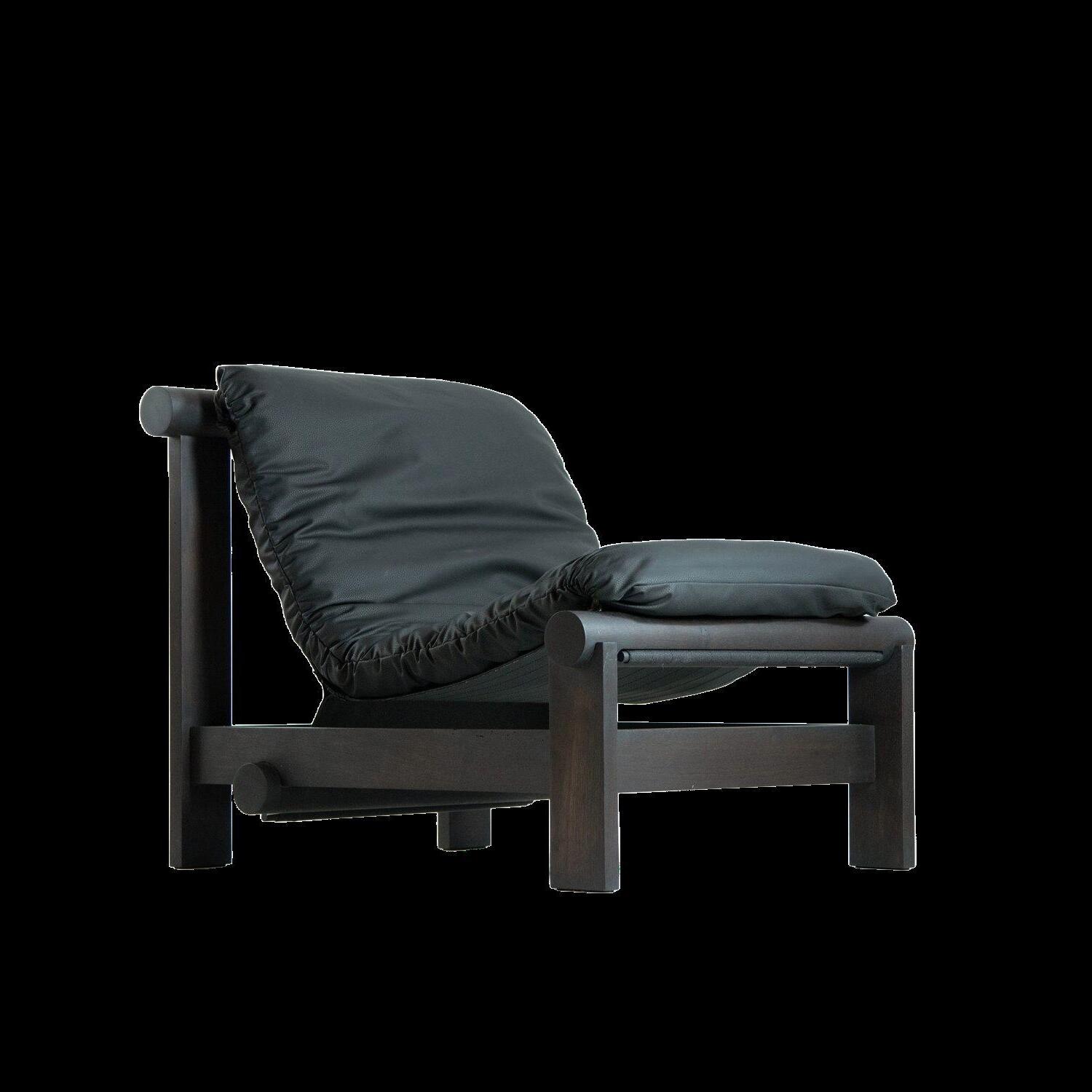
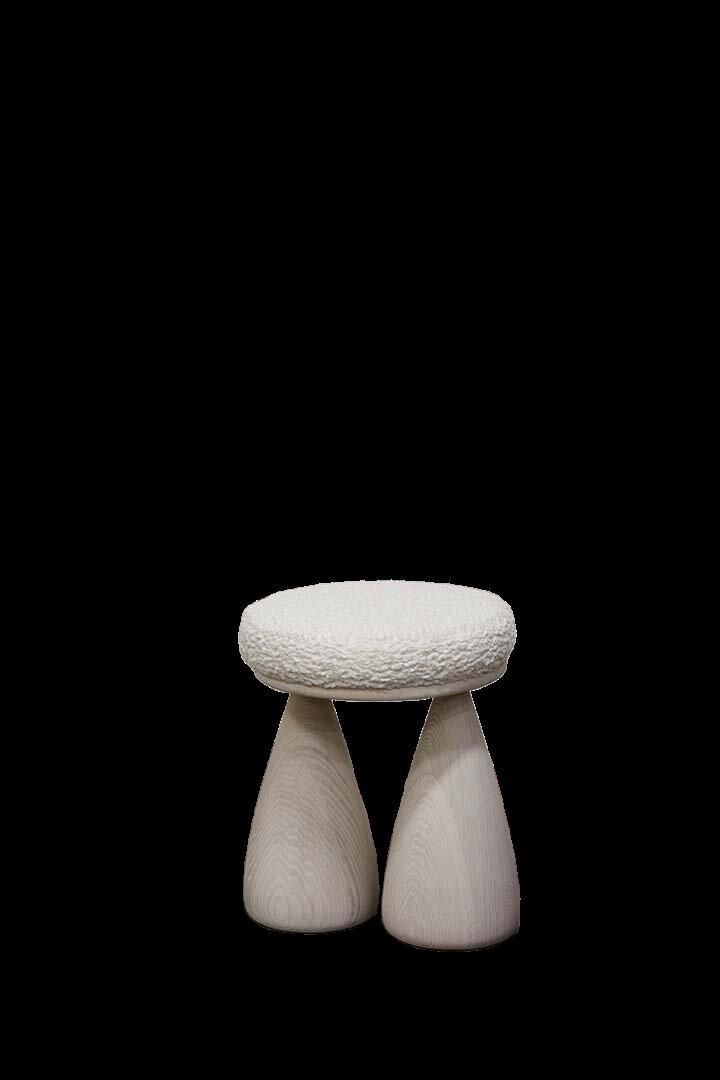


studio sam klemick, big bell chair 32.5”W x 32.5”D x 30”H
3 studio sam klemick, cutie stool 18.5”W x 15”H
5 common object studio, numero 1 side tables 15”W x 18”H

2 studio sam klemick, ribbon side table 18”W x 18”H
4 common object studio, terra lounge 26”W x 32”D x 28”H
6 common object studio, buzzichicle planter 44.49”W x 16.93”D x 23.62”H
Creative + Art Direction: Alma Lopez graphic design: christopher cisneros copy writer: alma lopez editors: lily weeks, jaime swickard, brenna bianchi
haworth zanotta resident gantri studio sam klemick common object studio
COMING SOON
las vegas
mexico city
PARIS
stockholm
milan
